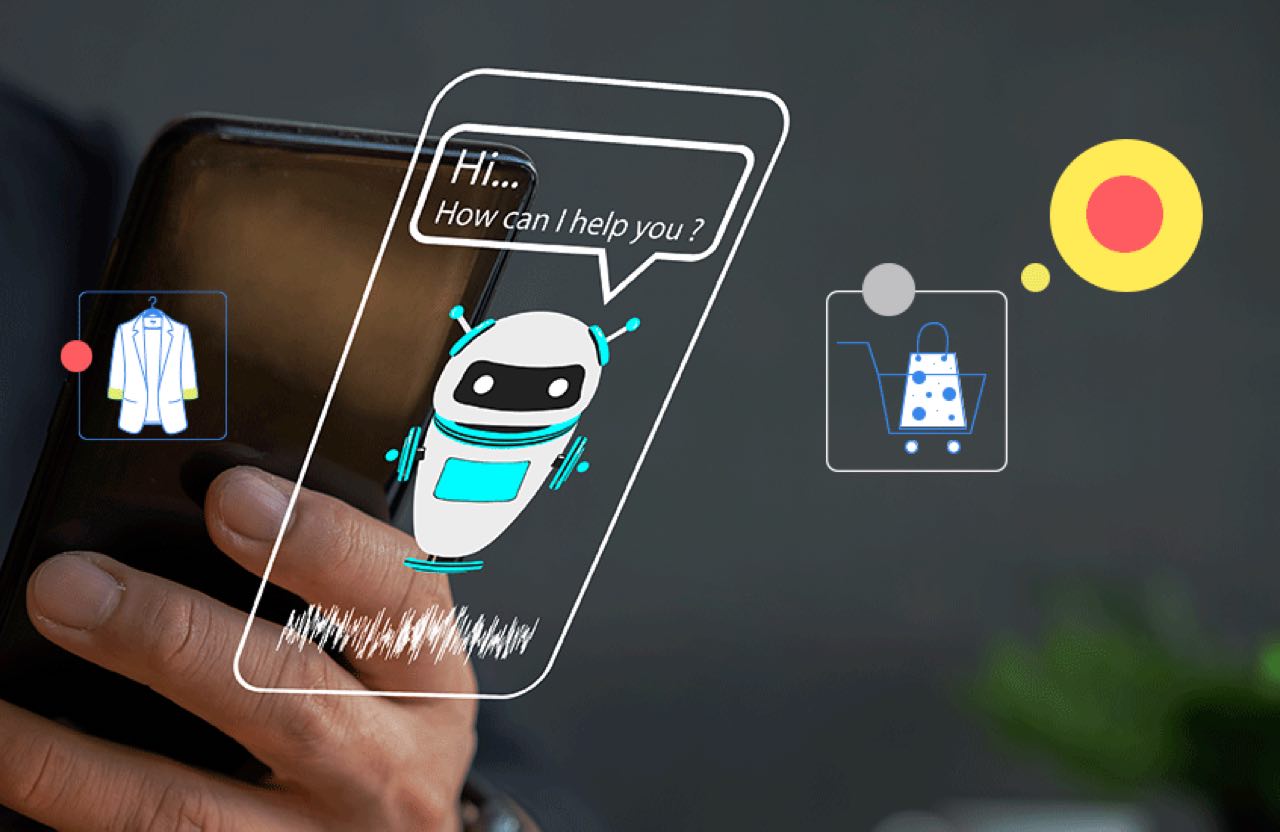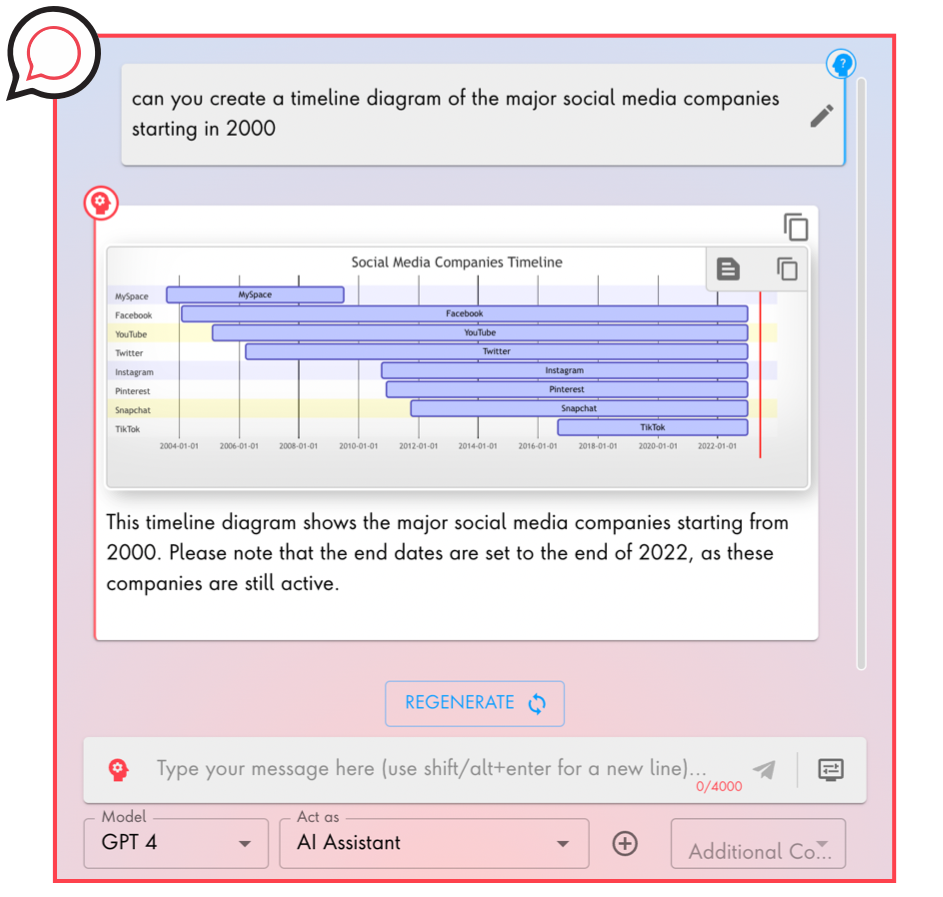
Insight
Our experts summarize the state of generative artificial intelligence in retail in 2024, including use cases across customer experience, supply chain and back-end e-commerce.
Type in your prompt above or try one of these suggestions



Discover Publicis Sapient’s Generative AI Assistant: PSChat
Learn how the company’s new generative AI tool addresses security and privacy concerns about using generative pre-trained transformer, and how we’re helping clients do the same.
As employees across industries begin to experiment with generative artificial intelligence (AI), many companies are wondering how to make AI tools more efficient for internal use cases without compromising sensitive data.
Anyone in the world can use open-source chatbots like ChatGPT. But the next era of generative AI assistants will be more customized, featuring exclusive tools that aid internal ways of working and answer questions with rich contextual knowledge.
We sat down with Rakesh Ravuri, Publicis Sapient CTO, to discuss our unique approach to building and implementing a proprietary generative AI assistant: PSChat.
PSChat is an internal generative AI tool built on existing best-of-breed large language models (LLMs) like GPT-4, and emerging frameworks like LangChain.
The easiest way to understand our tool is to think of it like a remodeled car that is fit for Publicis Sapient purposes. We are using the engine from OpenAI and other open-source LLMs, but we made sure that all the other parts surrounding the engine are either open source or built ourselves, and then we created a brand new exterior that is suitable for our needs.
We can also easily change engines and make this car functional for our clients. We can customize the car based on their needs, like how many seats they want and what accessories they need. This is what really sets us apart in what we’re creating. We’re learning by doing.
One of the reasons for creating this tool is to ensure that our data, and our client’s data, is protected. If people are taking code or any information and pasting it into public AI tools, there is no guarantee about how that website is using their data.
For instance, OpenAI was initially using all the data that people posted in ChatGPT to retrain the model. If people input any personal information, it might be available to everyone, which is exactly what happened to Samsung. To address these concerns, we worked with Microsoft to make sure that our data is not being stored on Microsoft's servers. We have full control over what has been entered into the system.
Our initial goal for PSChat is to ensure that team members in each of our critical company capabilities (Strategy, Product, Engineering, Experience and Data & AI) can use the tool to accelerate their day-to-day work.
We want people to discover new use cases and help our partners by sharing what they have discovered.
PSChat uses custom plug-ins to provide more accurate answers to specific questions. For instance, if someone asks a standard conversational AI tool to convert miles to kilometers, it frequently gets that wrong because the algorithm is trying to guess the answer. However, if we write a plug-in for PSChat with a rule to use a conversion tool instead of trying to guess, the tool would provide the factually correct answer.
PSChat also has an "act as" feature, which is an input to the LLM to answer questions in a specific way. For example, if someone selects "act as a software developer," PSChat will most likely produce code, whereas if someone selects "act as a marketing content creator," PSChat will produce well-formatted text with that role in mind.

PSChat combines the capabilities of open source conversational AI tools with a custom interface for Publicis Sapient employees.
Moreover, it allows users to select multiple LLMs from different providers and compare and contrast them easily.
The chatbot also has a share feature that allows users to share particular interactions with everyone, making it easier for people to learn and use specific prompts in a useful way.
In the first two weeks of the tool being live, people made more than 60,000 queries across all different disciplines. We’ve started formally analyzing who’s using it, what they’re using it for and how it’s adding value so we can create more plug-ins to better support employees. But so far, it’s really inspiring to see how useful it’s already been at such an early stage.
We expect our tool to add value to the technologies that are already out there by joining the best-of-breed AI tools from different companies and continuing to advance and customize PSChat for all the unique Publicis Sapient employee workflows.
No one generative AI tool will be able to do everything, so the power comes in composing rapidly evolving tools and empowering our employees to make the best use of these tools. The question is how fast we can keep integrating the advances that are happening in this area.
For example, ChatGPT is (as of now) pretty good at analyzing code and letting you know if you have missed errors. We can combine it with other open-source models, like StarCoder, to fine-tune the code repository with our inner-source repositories, so when PSChat generates code, it will generate code that aligns with the company developer best practices and style guide.
There are two types of companies: product companies and companies that help clients use those products to help them in their transformation. Publicis Sapient has always been in the business of helping clients use the best-of-breed available in the market so that they can transform and reach their outcomes and create impact for their customers. Our focus is still the same, and we are making every effort to rapidly understand this space so that we can give the best possible solution to our clients.
At the end of the day, we are not going to create our own LLM. We are creating the most functional application for our clients with the best user experience, the best outcomes and the best product stories. This falls squarely into our purpose, which is business transformation.
The biggest trigger for business transformation today is generative AI so, obviously, we are right in the center of it. No one who is going to be transforming tomorrow will be doing it without generative AI.
This interview was edited for clarity purposes using PSChat.
